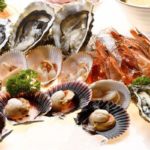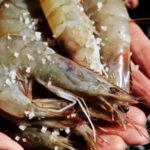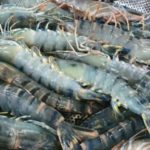Knowing how to differentiate between farmed and wild-caught shrimp is essential for choosing the freshest and most nutritious option for your family’s meals. Shrimp is a rich source of nutrients, especially calcium, and is a popular choice for everyday meals.
However, not everyone knows how to tell them apart. Honest sellers will help you identify the differences, but you may encounter dishonest sellers who might try to sell you the less preferred option.
How to Differentiate Farmed and Wild-Caught Shrimp
Even experienced home cooks sometimes struggle to distinguish between farmed and wild shrimp. To avoid being misled, remember that farmed shrimp is usually cheaper. However, dishonest sellers may try to pass off farmed shrimp as wild-caught to increase their profits.
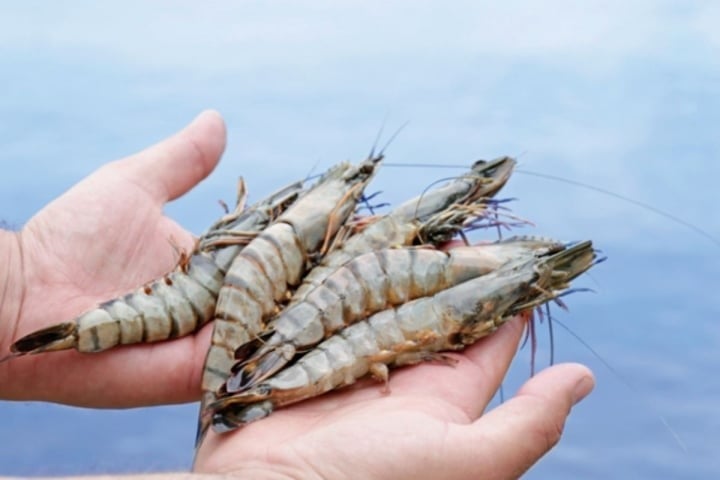
Even experienced home cooks can struggle to differentiate between farmed and wild-caught shrimp.
To ensure you’re getting wild-caught shrimp, pay attention to the appearance and texture. Farmed shrimp typically have darker shells, less fleshy meat, and lack the natural sweetness of wild-caught shrimp. Wild-caught shrimp have lighter shells, fuller meat, and a naturally sweet taste.
When selecting shrimp, always choose fresh ones to ensure hygiene and the best nutritional value. Fresh shrimp are lively swimmers, with hard, shiny shells and firm, tightly packed meat. Their legs are intact, and there is no slimy liquid seeping out.

Choose shrimp that are lively swimmers with hard, shiny shells and firm meat.
If the shrimp’s shell has turned dull white or slightly pink, its body is abnormally stiff, straight, and plump, and its head and body are almost detached, it has gone bad and should be avoided, regardless of the price.
Delicious Shrimp Recipes
Grilled shrimp is an excellent choice for those who prefer easy-to-digest meals with less fat. Simply season the shrimp with sea salt and grill, or try pairing it with cheese, garlic butter, or satay for a more flavorful experience.
To retain freshness and reduce oil, try steaming shrimp with lemongrass and chili peppers, or even beer for a unique twist. Serve with a side of sweet and sour fish sauce or green chili salt to take the flavors up a notch.
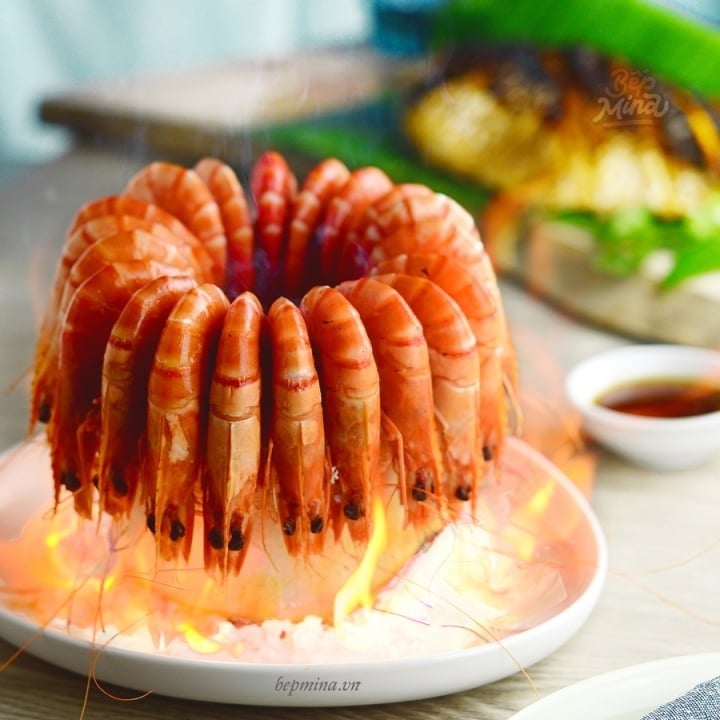
Grilled shrimp is a delicious and easy-to-digest meal option.
Fried shrimp is a simple yet mouthwatering dish that’s sure to please even the toughest crowd. The crispy outer coating gives way to fresh, juicy shrimp within. A dip of spicy chili sauce takes this dish to the next level.
For a homely, familiar option, try stir-fried shrimp. This versatile dish can be paired with almost any vegetable and is a perfect match with hot rice, bringing the family together for a delightful summer meal.
How to Choose Fresh Seafood: Important Cabinet Tips
In recent years, concerns have been raised over the practice of injecting urea and chemicals into seafood, making it difficult to find safe and fresh options. To help, DienmayXANH.com offers some tips on how to select the best seafood available. Seafood is a rich, delicious, and nutritious source of food, and this advice will help ensure you make the most of it.
Throw a Summer Grill Fest in Your Backyard with These 10 Easy Recipes
Discover the joy of grilling and tantalize your taste buds with these 10 scrumptious grilled dishes. Embark on a flavor-filled journey with us as we explore some of the most mouthwatering grilled menu options around!

























